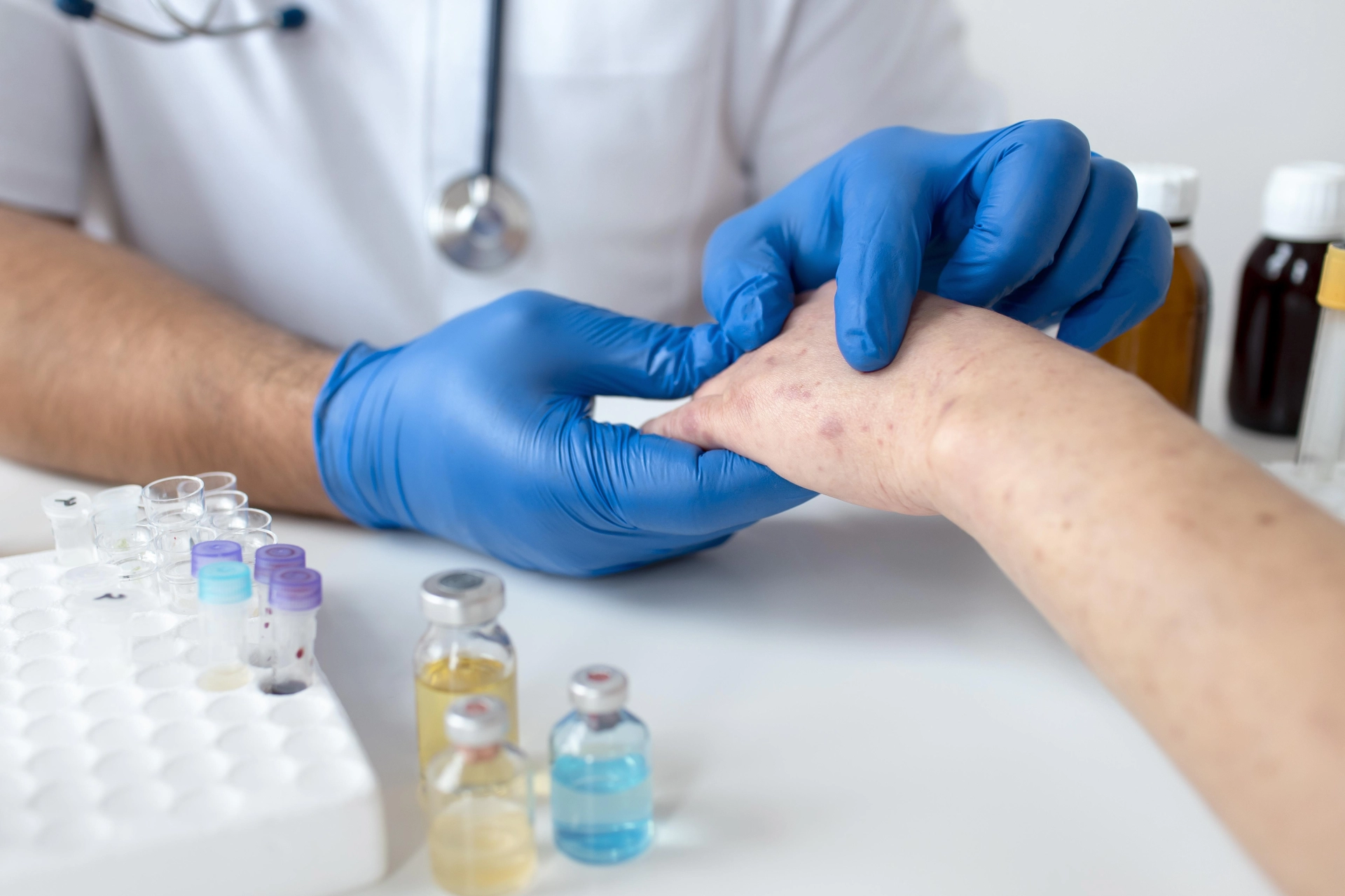Multiple Sclerosis
04 October 2025
Multiple sclerosis (MS) is a chronic autoimmune disease of the central nervous system, in which the immune system mistakenly attacks the myelin sheath of nerve fibers in the brain, spinal cord, and optic nerves. Damage to myelin disrupts the transmission of nerve impulses and leads to numerous neurological symptoms.
Etiology
The exact causes of multiple sclerosis are unknown. It is believed that the development of the disease is promoted by a combination of factors such as:
• genetic predisposition,
• environmental factors (infections, vitamin D deficiency, stress, smoking).
Pathogenesis
Immune cells (lymphocytes) penetrate the blood–brain barrier and damage myelin. As a result, inflammation develops, and over time, destruction of the nerve fibers (axons) themselves may occur.
Forms of Multiple Sclerosis
• Relapsing-remitting (RRMS) — the most common form, characterized by alternating periods of relapses and remissions.
• Secondary-progressive (SPMS) — initially presents as RRMS, then gradually transitions into a progressive form.
• Primary-progressive (PPMS) — gradual worsening of symptoms without distinct remissions.
• Progressive-relapsing (PRMS) — a rare form in which disease progression is accompanied by periodic relapses.
Symptoms
The clinical picture is diverse and depends on which parts of the nervous system are affected. Possible manifestations include:
• weakness in the limbs, muscle spasticity,
• numbness, tingling, sensation of “electric shocks” in the body,
• urinary and bowel dysfunction,
• visual disturbances (diplopia, blurred vision, blindness in one eye),
• problems with coordination, balance, and gait,
• chronic fatigue, dizziness,
• cognitive impairments (memory, attention),
• depression and emotional instability.
Diagnosis
The diagnosis is made based on a combination of findings:
• MRI of the brain and spinal cord — detection of demyelinating lesions,
• Evoked potentials — assessment of nerve impulse conduction speed,
• Cerebrospinal fluid analysis — detection of oligoclonal antibodies,
• Clinical presentation and history of relapses.
Treatment
The main goals of therapy are to reduce disease activity, slow progression, and alleviate symptoms.
Disease-modifying therapy (DMT):
• interferon-beta,
• glatiramer acetate,
• monoclonal antibodies (natalizumab, ocrelizumab, alemtuzumab),
• oral medications (fingolimod, dimethyl fumarate, etc.).
Management of relapses: high doses of corticosteroids (e.g., methylprednisolone).
Symptomatic therapy: medications to relieve spasticity, pain, fatigue, and urinary problems.
Rehabilitation: physiotherapy, therapeutic exercise, psychological support.
Prognosis
Multiple sclerosis is a chronic and currently incurable disease. However, modern medications can significantly slow disease progression and maintain quality of life for many years. Most patients, especially those who start treatment early, retain mobility for decades.









